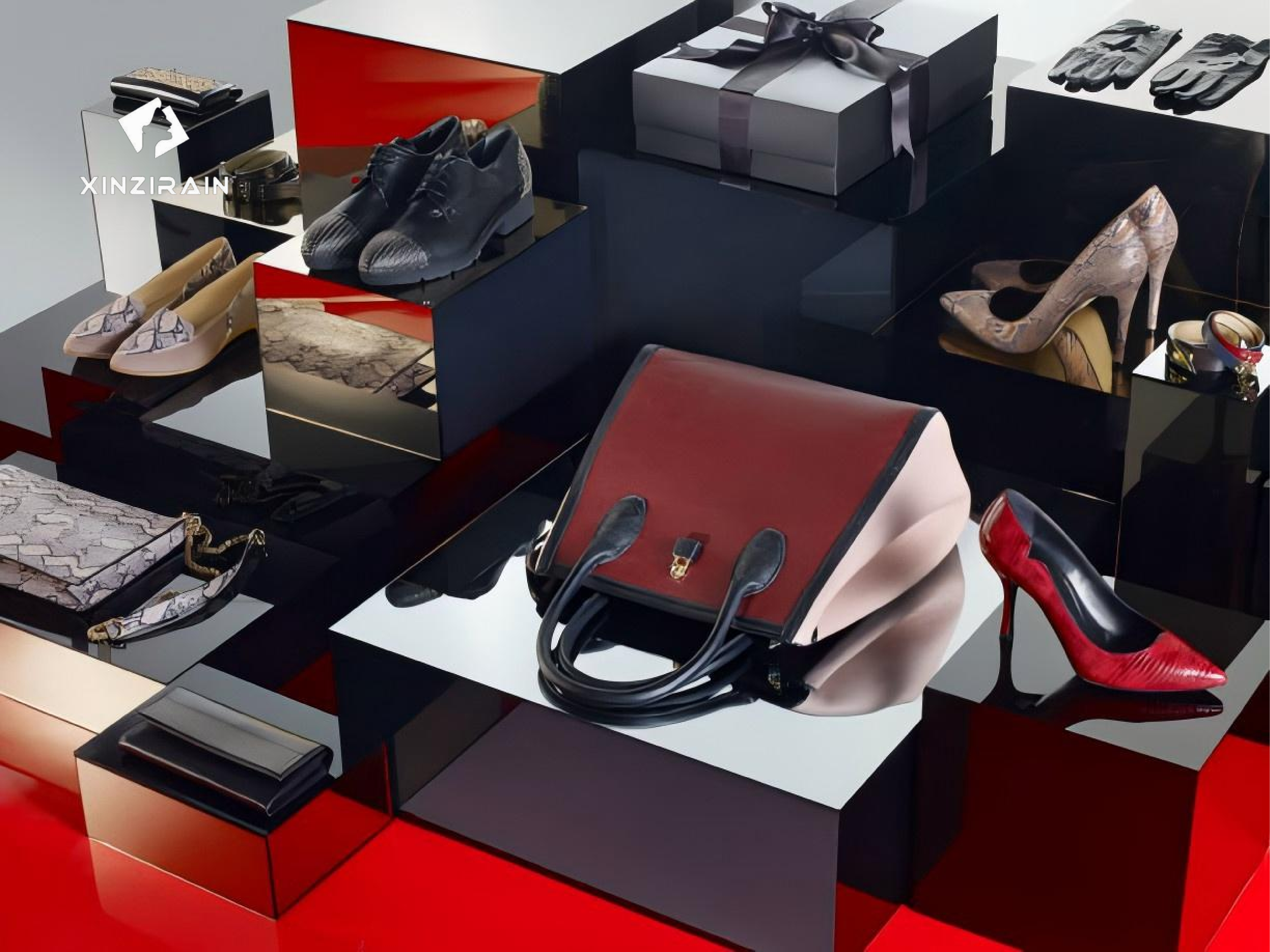
Að stofna töskugerðarfyrirtæki krefst blöndu af stefnumótun, skapandi hönnun og innsýn í atvinnugreinina til að koma sér fyrir og stækka í tískuheiminum. Hér er skref-fyrir-skref leiðbeiningar sniðnar að því að setja upp arðbært töskugerðarfyrirtæki:
1. Finndu sess þinn og markhóp
Fyrst skaltu ákvarða stíl og markaðssvið töskunnar sem þú vilt framleiða. Ertu að stefna að sjálfbærum burðartöskum, hágæða leðurtöskum eða fjölnota íþróttatöskum? Að skilja markhóp þinn og núverandi þróun, svo sem eftirspurn eftir...umhverfisvæn efnieða einstakar hönnunir, hjálpa til við að skilgreina aðdráttarafl vörunnar og verðlagningarstefnu.

3. Upprunalegt efni og búnaður af gæðum
Til að uppfylla væntingar viðskiptavina skaltu velja hágæða efni sem samræmast vörumerkinu þínu, svo sem endingargott leður, vegan efni eða endurunnið efni. Nauðsynlegur búnaður inniheldur iðnaðarsaumavélar, snúningsklippur og overlockvélar. Áreiðanleg framboðskeðja með stöðugum efnisgæðum tryggir að töskurnar þínar uppfylli markaðsstaðla og byggir upp traust meðal viðskiptavina.
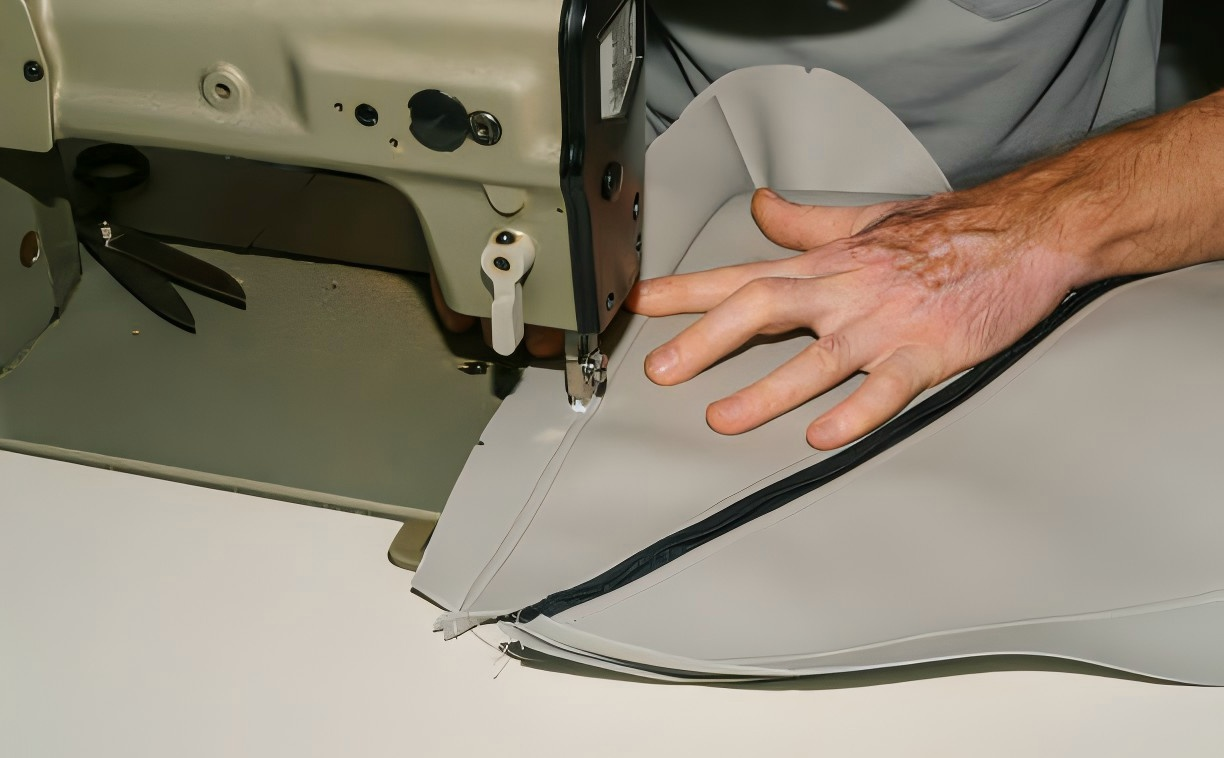
5. Setja upp sölurásir
Fyrir ný fyrirtæki eru kerfi eins og Etsy eða Amazon hagkvæm til að ná til alþjóðlegs markhóps, en sérsniðin Shopify vefsíða býður upp á stjórn á vörumerkjauppbyggingu. Prófaðu báðar aðferðirnar til að ákvarða hver hentar best markhópnum þínum og fjárhagsáætlun. Að bjóða upp á afslætti eða kynningartilboð fyrir nýja kaupendur getur laðað að trygga viðskiptavinahóp.
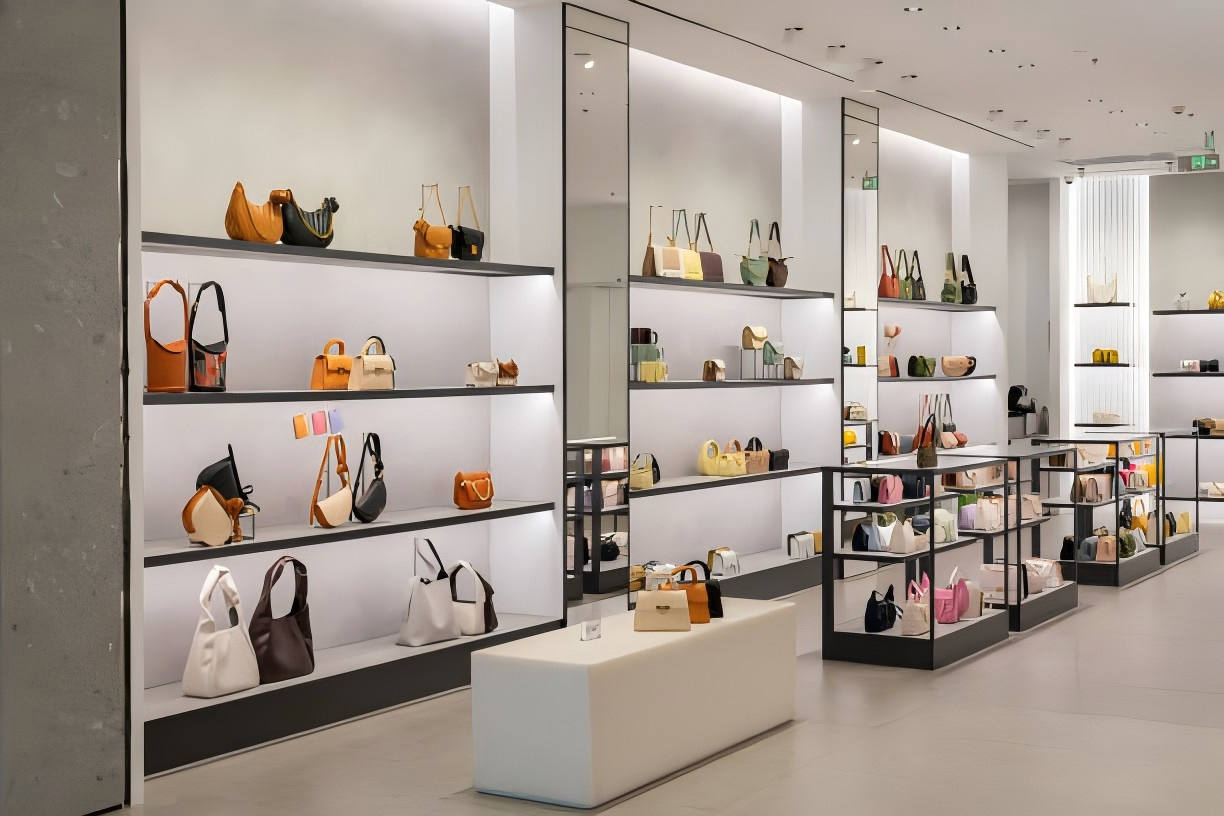
2. Þróa viðskiptaáætlun og vörumerkjaauðkenni
Viðskiptaáætlun þín ætti að tilgreina markmið, markhóp, stofnkostnað og væntanlegar tekjustrauma. Að byggja upp samheldna vörumerkjaímynd - þar á meðal nafn, merki og markmið - hjálpar til við að aðgreina vörur þínar á markaðnum. Að skapa sterka netviðveru á samfélagsmiðlum eins og Instagram og Pinterest er nauðsynlegt til að eiga samskipti við markhópinn þinn.
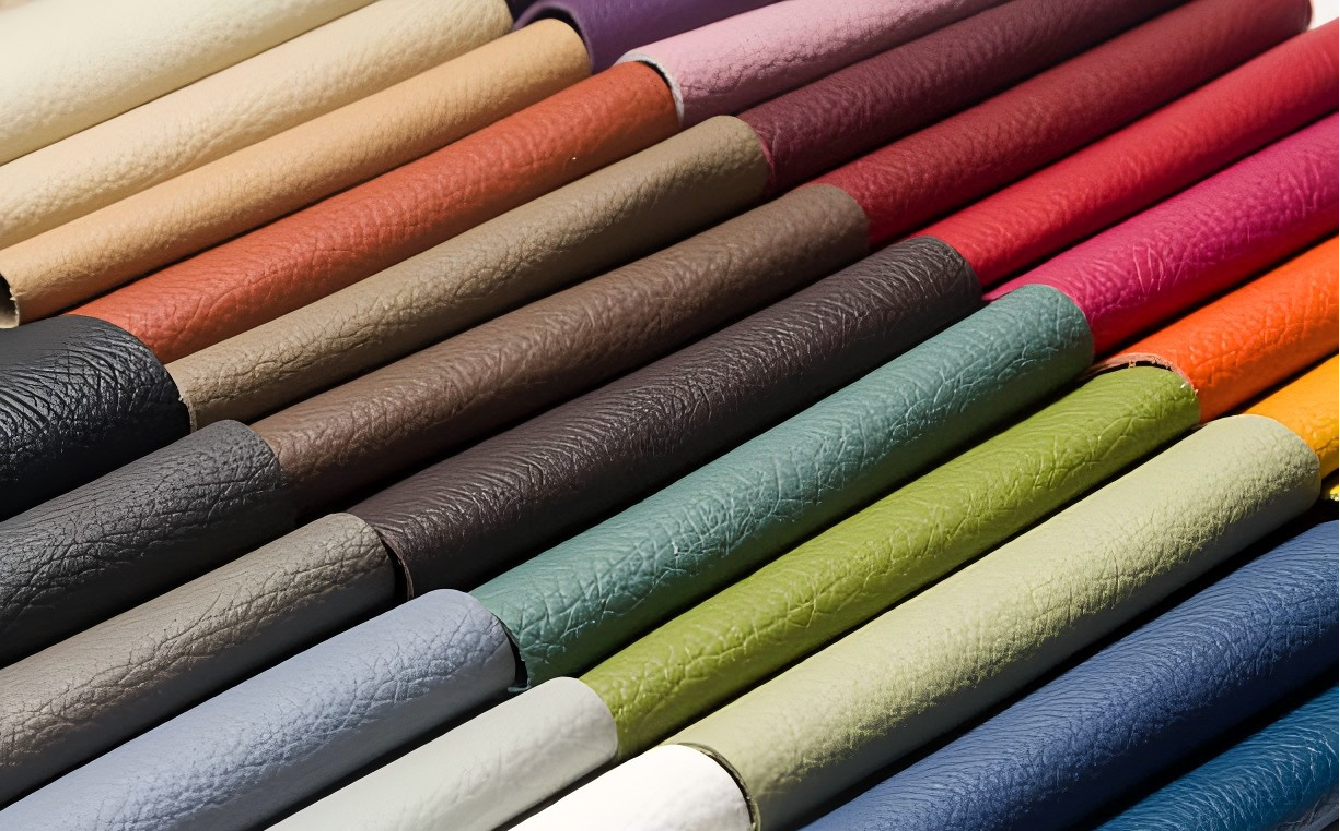
4. Frumgerð og prófun hönnunar þinnar
Þróun frumgerða gerir þér kleift að prófa hönnunarvirkni og safna endurgjöf. Byrjaðu með litlu magni og íhugaðu að bjóða upp á takmarkað upplag til að meta eftirspurn áður en þú leggur áherslu á magnframleiðslu. Aðlögun á hönnun og efni byggt á fyrstu endurgjöfum getur bætt lokaafurðina og ánægju viðskiptavina verulega.
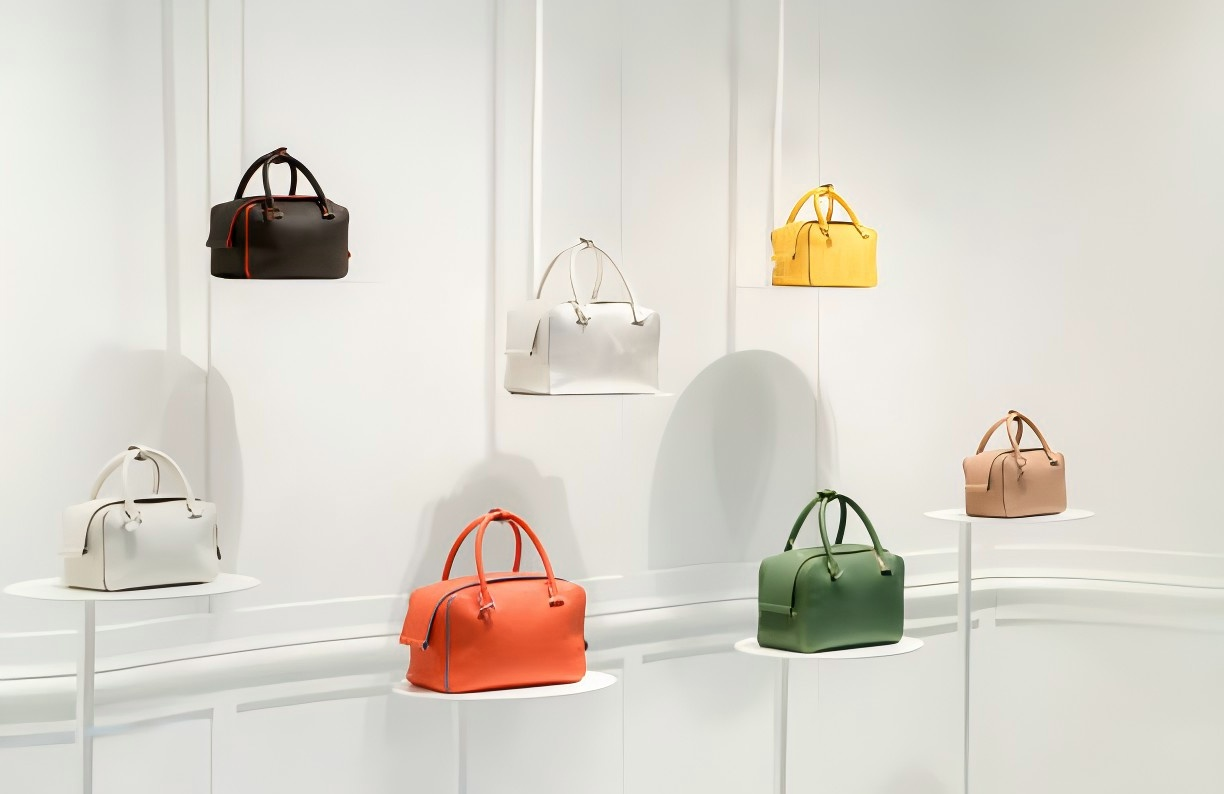
Skoðaðu sérsmíðaða skó- og töskuþjónustu okkar
Skoðaðu sérsniðnar verkefnadæmi okkar
Búðu til þínar eigin sérsniðnu vörur núna
Birtingartími: 8. nóvember 2024